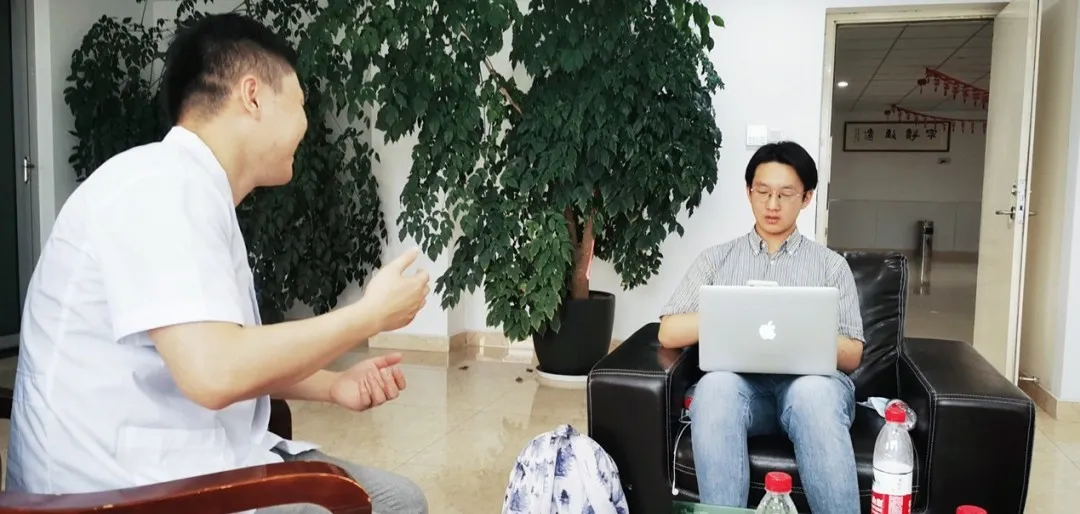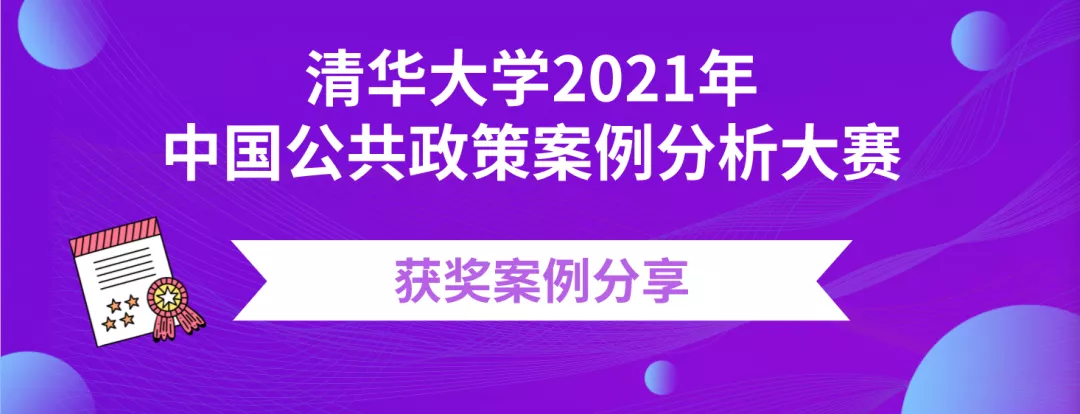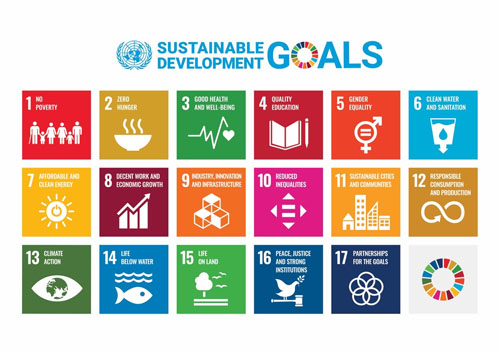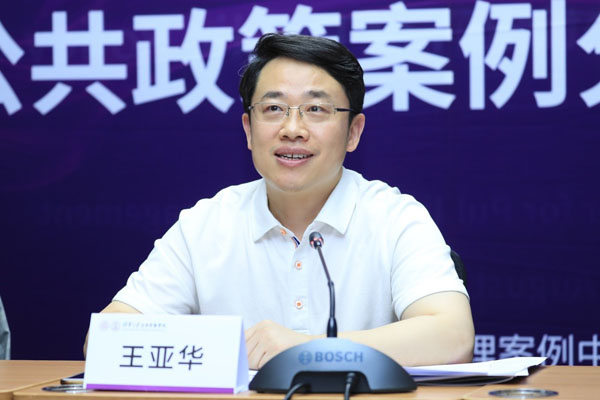
2021年清华大学全球可持续发展目标公共政策案例分析大赛(2021 Tsinghua International Case Analysis Competition of Public Policy on SDGs)由清华大学公共管理学院中国公共管理案例中心和清华大学全球可持续发展研究院共同主办,于今年4月-8月顺利举行,吸引了来自中国、美国、英国、瑞士、新加坡、爱尔兰、澳大利亚、德国的53所院校49支队伍共147人报名。参赛队伍围绕17项联合国可持续发展目标进行选题,从公共政策专业角度思考可持续发展议题,开展实地调研、线上访谈并精心撰写案例分析报告。由“Spring in Spring”团队创作的《When Will Spring Arrive? The Dilemma of Private Non-Profit Hospitals》获得本次大赛本科生组三等奖。
案例作者 Author
Liu Shengjun,Renmin University of China
Wang Yuan,Renmin University of China
Zhang Yudian,Renmin University of China
Zhu Tonghui,Renmin University of China
指导教师 Advisor
Dr Wang Conghu,Professor of School of Public Administration and Policy at Renmin University of China
关键词 Keywords
Private Non-Profit Hospitals, Long-Term Care, Government Regulation, Health Insurance Payment
案例简介 Case Overview
Private non-profit medical institutions are important subjects for providing geriatric medical services in the context of rapid aging. Established in 1993, Hospital R is the largest private non-profit medical institution, Red Cross listed hospital and medical insurance designated institution in City C, Jiangsu Province. Long-term care, rehabilitation therapy and hospice care are the main services of Hospital R. Since its establishment, Hospital R has always faced difficulties in survival, shortage of resources and lack of external understanding, and experienced several relocations. In 2017, Zhang, who studied and worked in hospital management abroad returned to China, taking his father over as the head of Hospital R. He encountered many challenges such as the new site selection for Hospital R, the reform of the regulatory system, and the reform of the health insurance payment method. This case focuses on Hospital R and depicts the interactions and conflicts among multiple subjects like non-profit hospitals, government departments, and communities. The case takes collaborative governance as a perspective and discusses the following questions: What kind of development dilemma are non-profit hospitals represented by Hospital R facing? How should they get out of the dilemma? How can multiple entities interact in providing adequate, refined and differentiated public services to achieve an effective allocation of social resources?
参赛经验分享 Experience Sharing
汪元:从盲人摸象到逐渐让冰山浮出水面,从不得其解到用模型拨云见雾,从无奈,到同情,到理解,到试着做出改变,我们知道耐心、倾听、共情与真正的关怀,才能让每一个故事说话,才能让每一个隐藏的答案浮现,才能真正为解决中国乃至世界的公共治理问题提供我们的方案。
朱彤辉:本次比赛的调研给我留下了比较深刻的印象,首次踏足非营利组织、医疗等各个交错的领域,我深刻体会到了公共管理过程中事务的复杂性与矛盾性。在社会科学研究中,实地调研、访谈、问卷和田野研究是必要的,具体落实到公共管理领域更是如此。在本次案例研究的调研阶段,通过对医院院长、医生、病人、社工以及所在街道的党委与居民访谈,民营非营利医院所面临的发展困境如画卷般在我面前一点点展开;通过运用星座模型对案例展开分析,我对其深陷发展困境之原因所在的认识不断深化。事实充分证明,在公共治理事件中多方参与是复杂的,亟需明确责任义务,建立沟通机制。对此,我们既要把握多方参与之场域中的主要主客体,也要把握综合主体融合参与的混合作用。
刘晟君:在这次调研中,我幸运地遇到了一群富有社会情怀的人,尤其是院长父子,尽管面临重重困难,他们还是努力为失能老人提供专业、价格可承受而又温暖的服务。他们令我非常敬佩。当小张院长得知我们从北京专程去调研,他对我们说:“你们为了这个课题大老远赶来,我觉得非常感动,谢谢你们这么关心非营利医院的发展。未来是年轻人的天下,是你们的天下。”我受之惭愧,因为这其实是我们踏踏实实应该做的,并且其他很多很多同学也都是这么做的,但小张院长的认可和鼓励再一次唤起了我们调研的初心,让我重新去审视这次参赛的意义究竟是什么——那就是去认识社会,发现问题、探求真相。未来,我希望能够扎根于中国大地,去深入社会调研,多了解一些真实的社会,运用自己所学为社会的发展进步贡献出一点小小的力量。

“Spring in Spring”团队进行调研访谈

“Spring in Spring”团队进行决赛展示
供稿:“Spring in Spring”团队
编辑发布:案例中心









 电话:010-62788958
电话:010-62788958 传真:010-62788958
传真:010-62788958 邮件:casecenter@tsinghua.edu.cn
邮件:casecenter@tsinghua.edu.cn
 地址:清华大学公共管理学院501室
地址:清华大学公共管理学院501室
